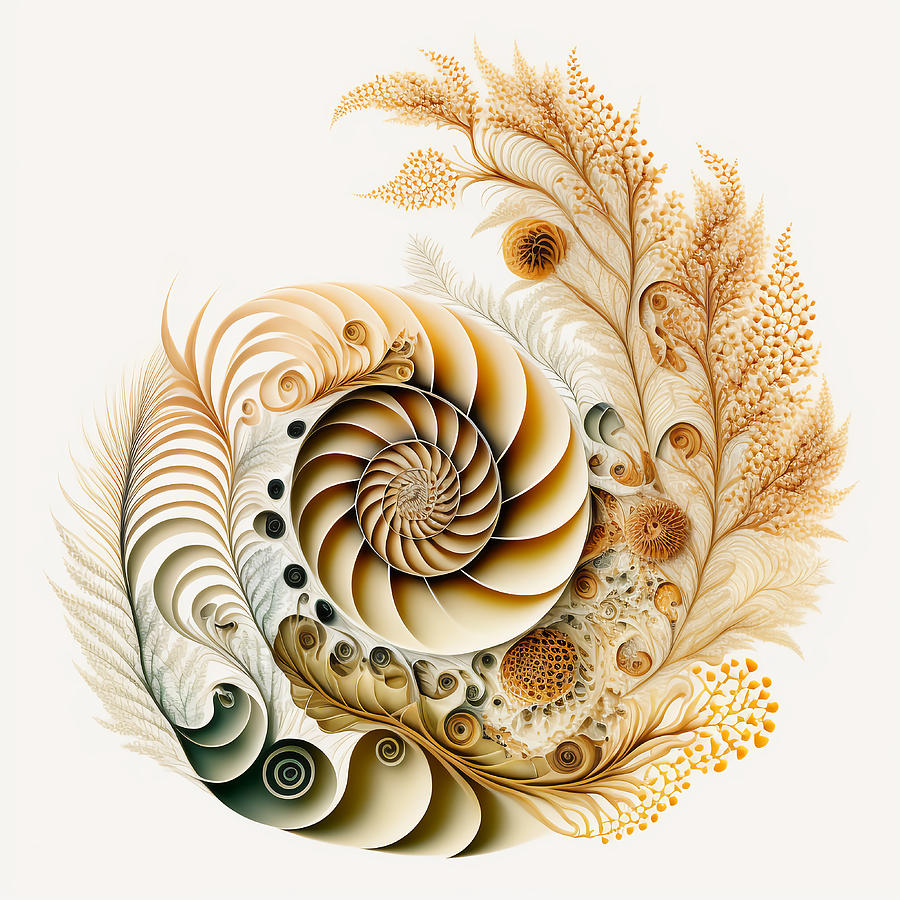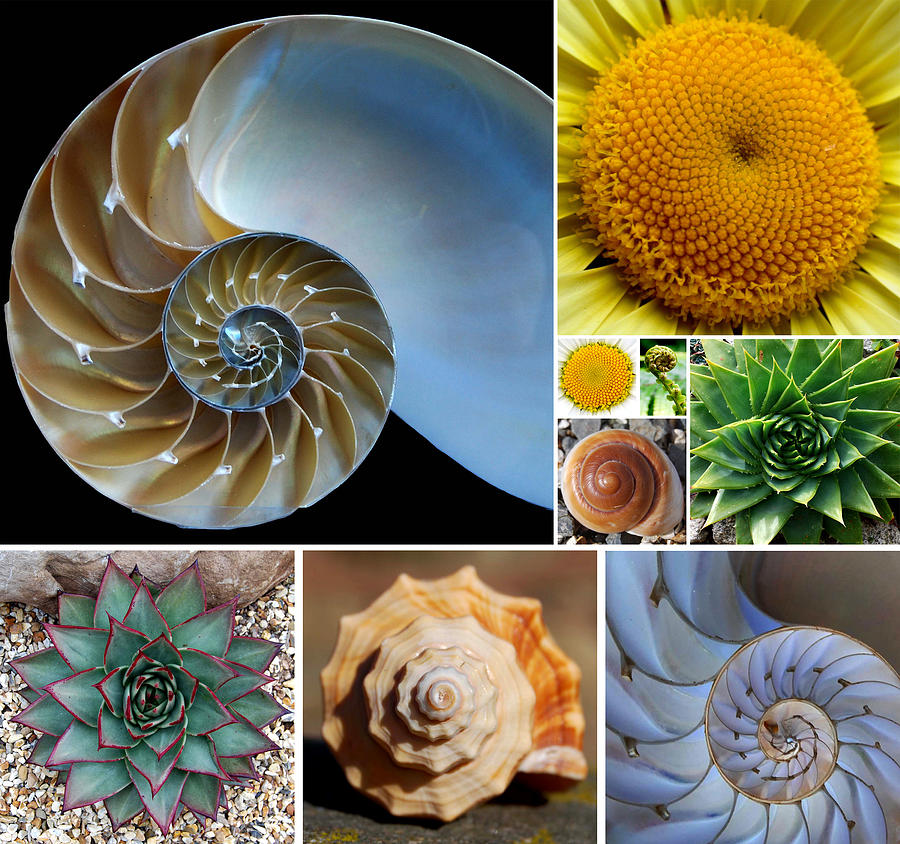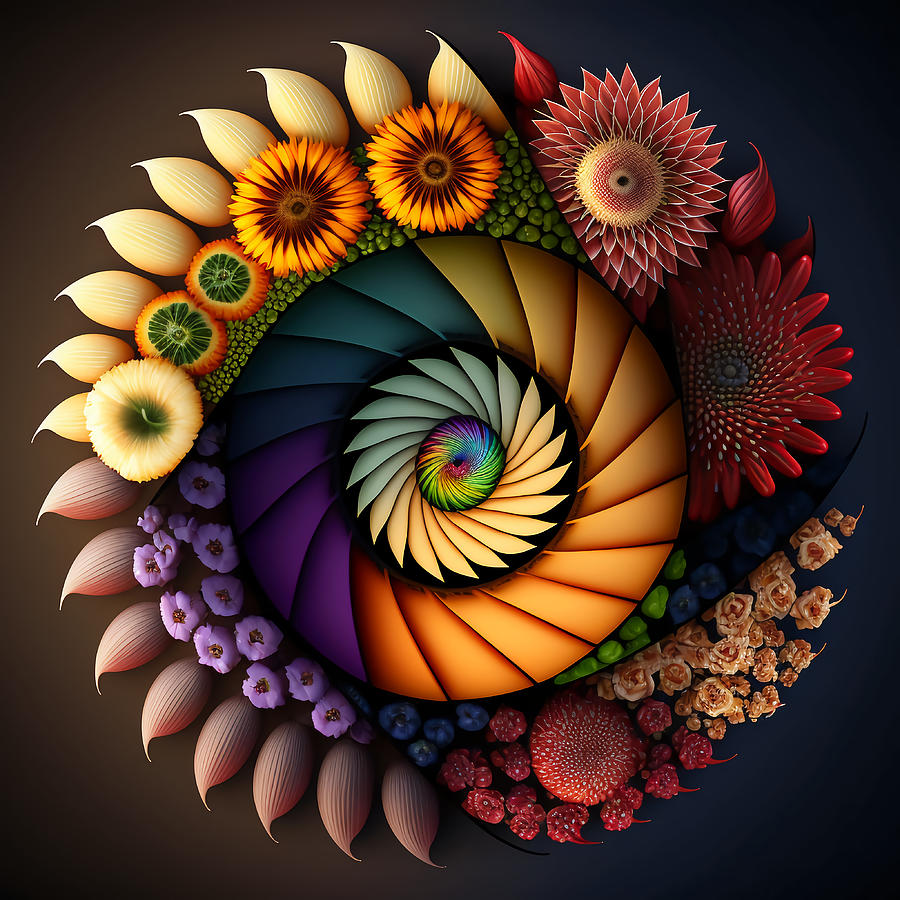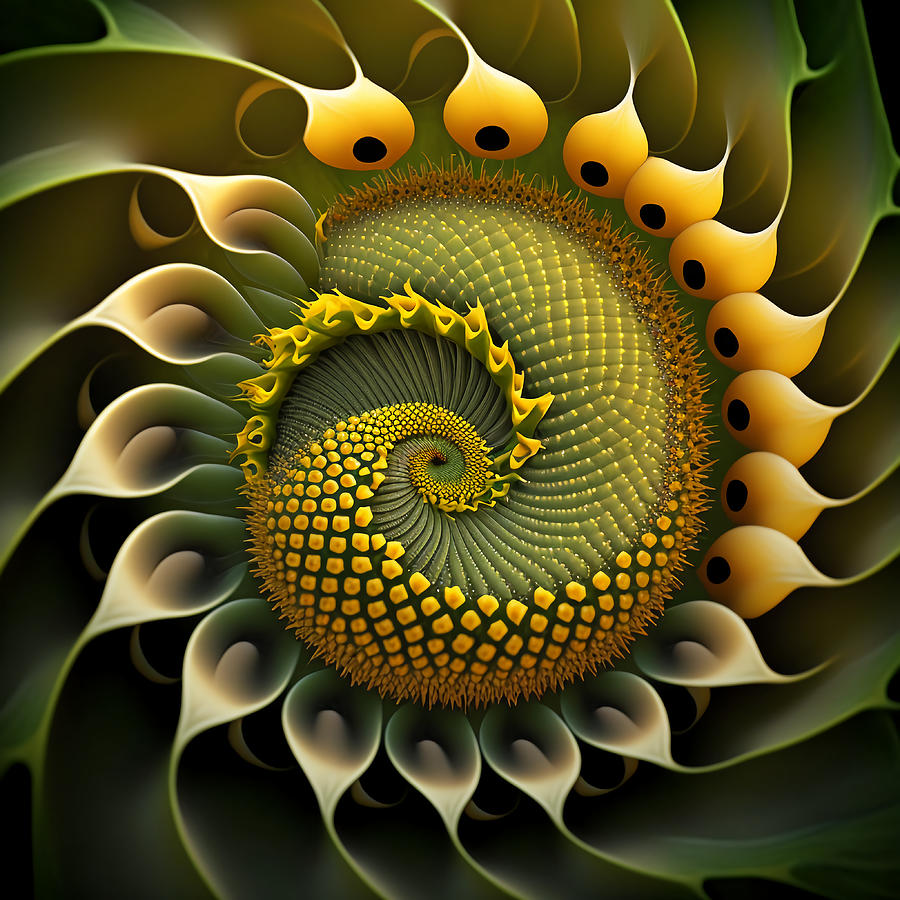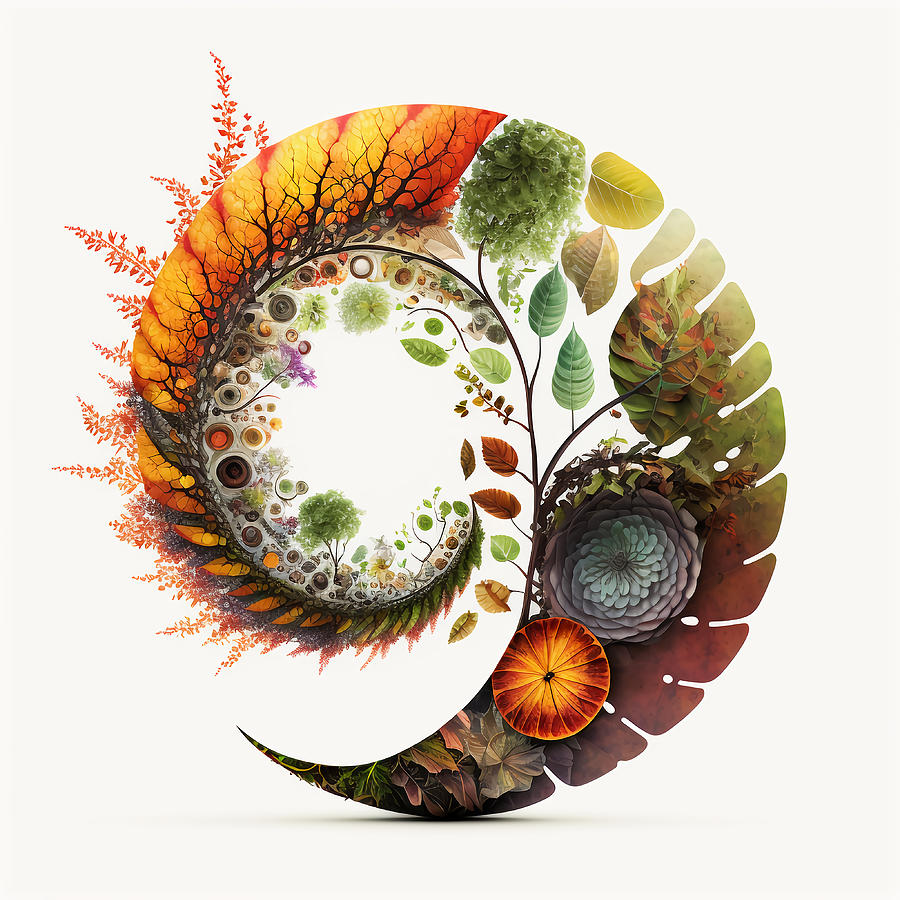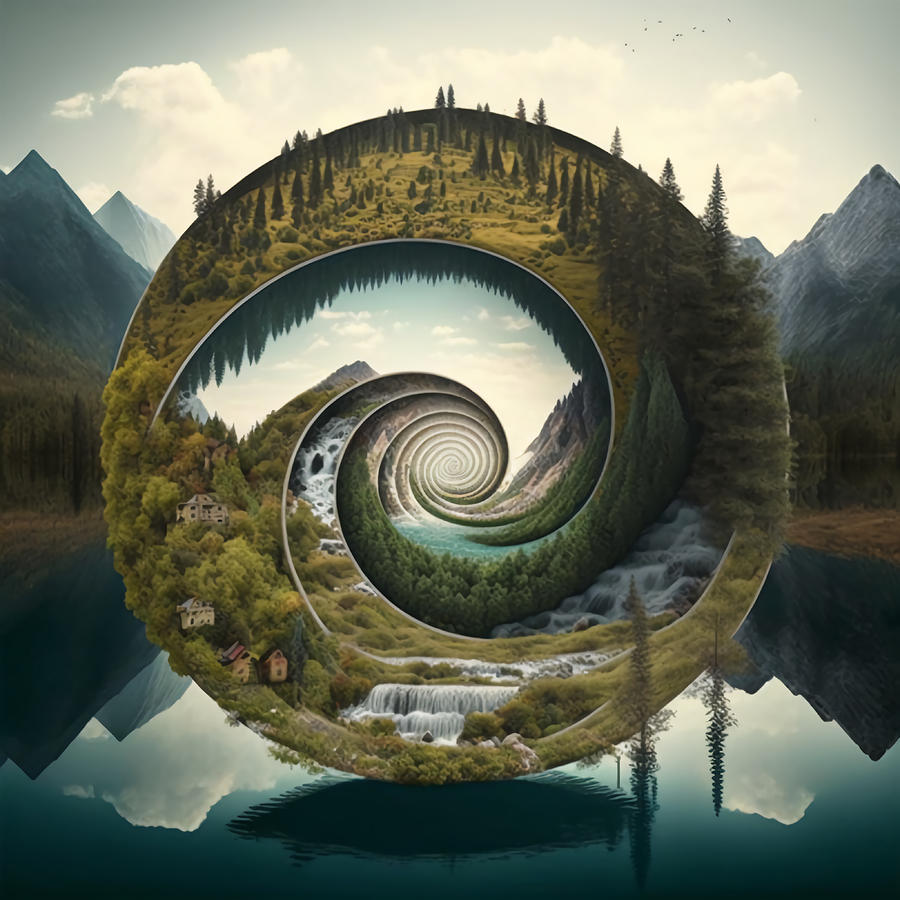Fibonacci Sequence In Nature Drawing
Fibonacci Sequence In Nature Drawing - You’ll also find simple, fun activities scattered throughout this post. Web this growth sequence is found in nature in the nautilus shell, pine cones, sunflowers, spiral galaxies, etc. Many spiral formations in nature are based on a numerical code, known as the fibonacci sequence. Web how to draw a tree using the fibonacci sequence (natures numbers) in this video i give a brief definition of the fibonacci sequence and where it came from. Web fibonacci sequence in nature: The fibonacci appears in the smallest, to the largest objects in nature. Nikon’s it’s a small world competition. It is a way for information to flow in a very efficient manner. If you divide a fibonacci number by the number just before it, you get the golden ratio of 1.618, which is represented by the greek letter phi. Artists, architects, and mathematicians, employed this ratio in their work after discovering it. It starts with 0 and is followed by 1. We can use his sequence to draw a beautiful spiral that we find in nature. First, draw squares in a counterclockwise pattern on the piece of paper using the fibonacci sequence. Web this growth sequence is found in nature in the nautilus shell, pine cones, sunflowers, spiral galaxies, etc. Among the most important fibonacci levels in trading are 23.6%, 38.2%, 50%, 61.8% and 100%. This video will walk you through the steps of drawing the mathematical fibonacci sequence, a sequence found in shells, leaves and most of nature. All these sequences may be viewed as generalizations of the fibonacci sequence. Web fibonacci sequence in nature: This particular number sequence has mesmerized scientists, artists and mathematicians for centuries. It is a natural occurrence that different things develop based upon the sequence. By using the sequence to divide up the space on your canvas or paper, you can create a composition that is balanced and visually pleasing. Web the most famous and beautiful examples of the occurrence of the fibonacci sequence in nature are found in a variety of trees and flowers, generally asociated with some kind of spiral structure. It is. Web how common is the fibonacci sequence in nature? How does nature create them and why? Web the fibonacci sequence is one of the simplest and earliest known sequences defined by a recurrence relation, and specifically by a linear difference equation. I also demonstrate that most. Web how to draw a tree using the fibonacci sequence (natures numbers) in this. You’ll need a piece of graph paper, a compass, a pencil, and an eraser. If you divide a fibonacci number by the number just before it, you get the golden ratio of 1.618, which is represented by the greek letter phi. Web mathematicians have learned to use fibonacci’s sequence to describe certain shapes that appear in nature. Web the fibonacci. We can use his sequence to draw a beautiful spiral that we find in nature. Web artists can use the fibonacci sequence as a tool to help them decide on the placement and proportions of elements in their composition. Web fibonacci sequence in nature: Nikon’s it’s a small world competition. The fibonacci appears in the smallest, to the largest objects. Web we may not know its name, but the fibonacci sequence is found throughout nature, and understanding how to recognize it and recreate it can help us with our a. Web the fibonacci sequence, a captivating mathematical pattern, manifests itself prominently in the natural world. Web this growth sequence is found in nature in the nautilus shell, pine cones, sunflowers,. It is a natural occurrence that different things develop based upon the sequence. ~90 minutes total big idea: Web named after italian mathematician leonardo pisano, who was nicknamed fibonacci, the sequence is 0, 1, 1, 2, 3, 5, 8, 13, 21, 34, 55 and so on. Web the fibonacci sequence, a captivating mathematical pattern, manifests itself prominently in the natural. You can see a diagram of the sequence, at right. Web this growth sequence is found in nature in the nautilus shell, pine cones, sunflowers, spiral galaxies, etc. Web mathematicians have learned to use fibonacci’s sequence to describe certain shapes that appear in nature. By using the sequence to divide up the space on your canvas or paper, you can. Artists, architects, and mathematicians, employed this ratio in their work after discovering it. Web discover a mathematical sequence that can be used to create the shape of a spiral. Nikon’s it’s a small world competition. You’ll need a piece of graph paper, a compass, a pencil, and an eraser. As you may have guessed by the curve in the box. Web mathematicians have learned to use fibonacci’s sequence to describe certain shapes that appear in nature. You’ll need a piece of graph paper, a compass, a pencil, and an eraser. Web the most famous and beautiful examples of the occurrence of the fibonacci sequence in nature are found in a variety of trees and flowers, generally asociated with some kind. It may be utilized to produce attractiveness, equilibrium, and harmony in design and art. I also demonstrate that most. Nikon’s it’s a small world competition. You’ll also find simple, fun activities scattered throughout this post. ~90 minutes total big idea: Web the fibonacci sequence is a number series in which each number is obtained by adding its two preceding numbers. Web from nature to space and art, the fibonacci sequence discussed below is the formula to remember! This particular number sequence has mesmerized scientists, artists and mathematicians for centuries. Web fibonacci lived in italy in the 1100s. Where do we find the fibonacci sequence in nature? As you may have guessed by the curve in the box example above, shells follow the progressive proportional increase of the fibonacci sequence. The numbers in this sequence, known as the fibonacci numbers, are denoted by f n. These shapes are called logarithmic spirals, and nautilus shells are just one. If you divide a fibonacci number by the number just before it, you get the golden ratio of 1.618, which is represented by the greek letter phi. Web how to draw a tree using the fibonacci sequence (natures numbers) in this video i give a brief definition of the fibonacci sequence and where it came from. This course will show you how to draw the fibonacci sequence, which naturally creates a spiral. First, draw squares in a counterclockwise pattern on the piece of paper using the fibonacci sequence. The first few numbers of the fibonacci sequence are as follows. One notable illustration of this sequence is observed in the intricate designs found in sunflower heads. Web fibonacci sequence in nature: Web the fibonacci sequence is one of the simplest and earliest known sequences defined by a recurrence relation, and specifically by a linear difference equation.Stock Illustration in 2020 Fibonacci sequence in nature, Fibonacci in
Fibonacci Sequence Spiral in Nature Drawing by RAGANA Design Fine Art
Fibonacci Sequence Spiral in Nature Drawing by RAGANA Design Fine Art
Fibonacci Spirals in Nature Digital Art by Dean Marston Fine Art America
Fibonacci Sequence Spiral in Nature 10 Drawing by RAGANA Design Pixels
Fibonacci Sequence Spiral in Nature Drawing by RAGANA Design Fine Art
Fibonacci Sequence Spiral in Nature Drawing by RAGANA Design Fine Art
Fibonacci Sequence in Nature UrijehnElliott
Fibonacci Sequence Spiral in Nature Drawing by RAGANA Design Fine Art
Coloring Fibonacci In Nature Fresh Rafael Araujo Draws Perfect
Exploring How Math Can Be Found In Nature Through The Fibonacci Sequence.
Below Is An Article That Will Take You On A Journey Into The Fibonacci Sequence In Art As Well As Answer Questions Such As “Why Is The Fibonacci Sequence So Important?”
I Also Demonstrate That Most.
Can I Find The Fibonacci Sequence In The Place I Live?
Related Post:


